Natasha Wightman’s beaky blinders
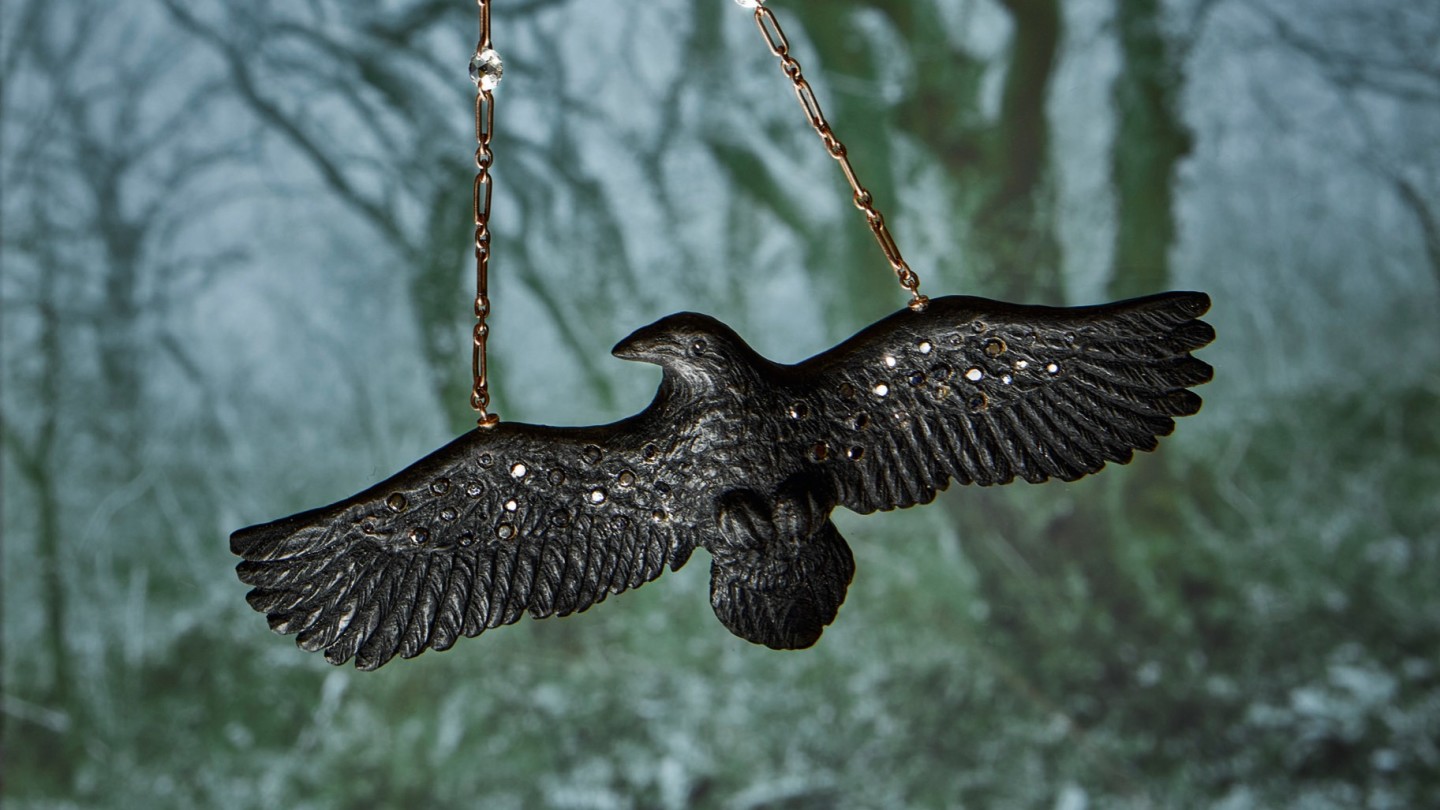
Roula Khalaf, Editor of the FT, selects her favourite stories in this weekly newsletter.
As omens go, they don’t come more powerful or portentous than a raven: the massive, mystical bird, embedded in British history, is said to be the incarnation of King Arthur and protector of the Tower of London. For Natasha Wightman, the young raven that turned up unexpectedly at her West Sussex home turned out to be a harbinger of good fortune, signalling the start of a new career as an artist-jeweller.
“I was never drawn to birds,” says Wightman – at least not until she had the opportunity to rewild not one but two ravens: Cronk, a male, and Craw, a female. Wightman found them funny, mischievous and intelligent, marvelling at their talent for mimicry and practical jokes, such as playing dead or pulling her dogs’ tails. She loved watching their aerobatics as they somersaulted, spiralled and glided towards her with their four-foot wingspan. Sometimes they accompanied Wightman on walks, flying at shoulder height. Then, one day, Cronk didn’t come back. Five months later, Wightman received a call saying a massive bird was outside her kitchen door. “I rushed back but he had gone. I’m sure he came to say goodbye.” Craw, too, later disappeared into the wild.
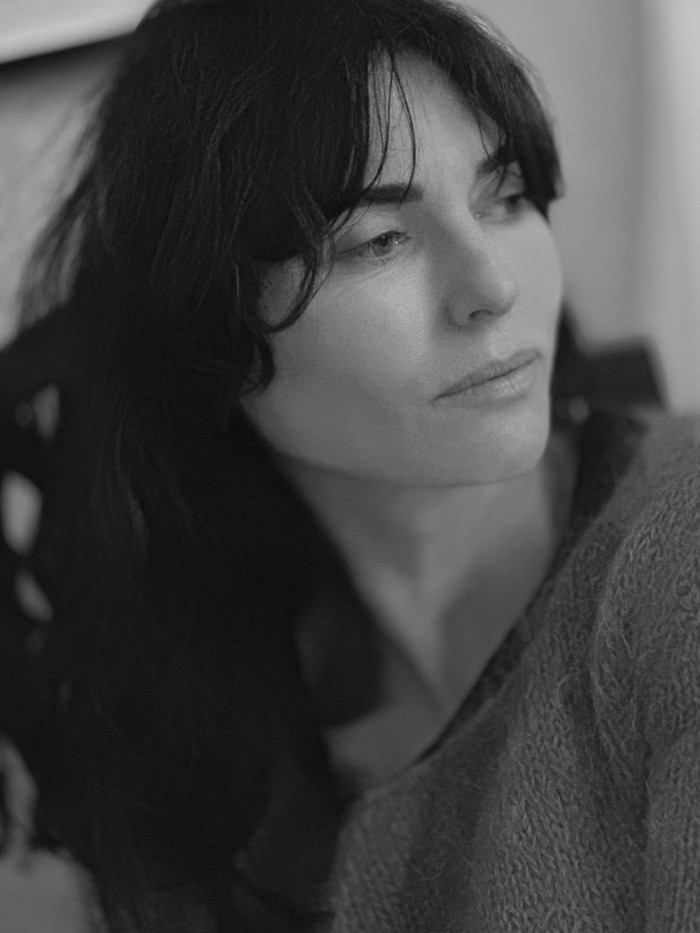
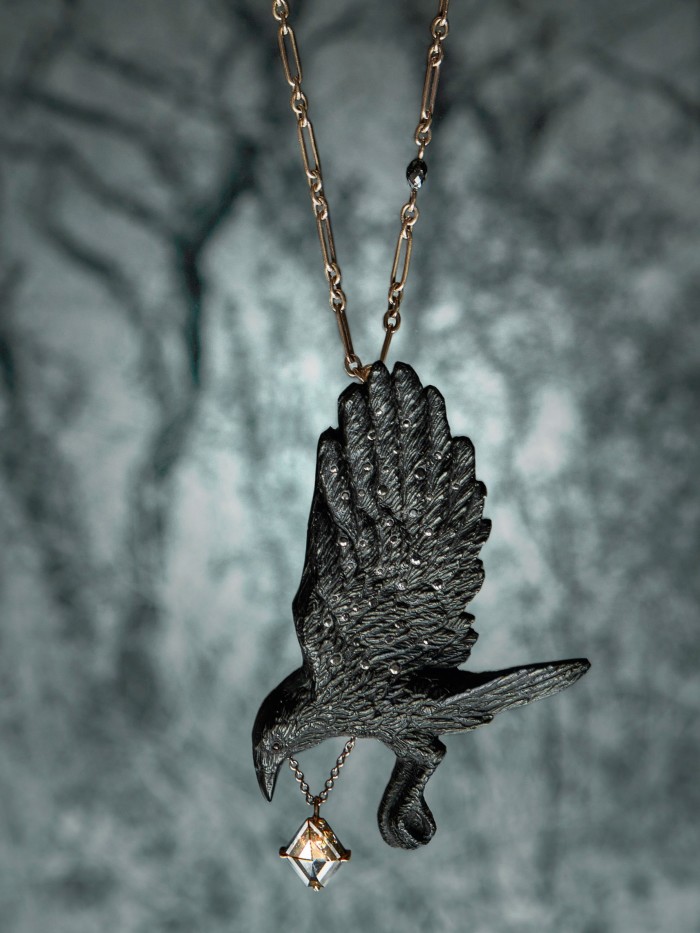
The birds had a “profound effect” on Wightman, who decided to create a jewellery collection to celebrate their magnificence. “For centuries, the raven has been characterised as macabre, Gothic, linked to witchcraft. Yet across cultures and through history, they are associated with prophecy, insight, protection and power,” she says.
Why jewellery? Just as she hadn’t cared much for birds, Wightman never really understood the desire for jewellery, and knew little about art. A visit to the Hermitage in St Petersburg changed her mind. She began looking at things in a different way, finding “small havens of craftsmanship”. A second wave of inspiration came from a visit to Petworth House in Sussex, seeing the wood carvings of Grinling Gibbons. She thought: “How would that look in miniature?”
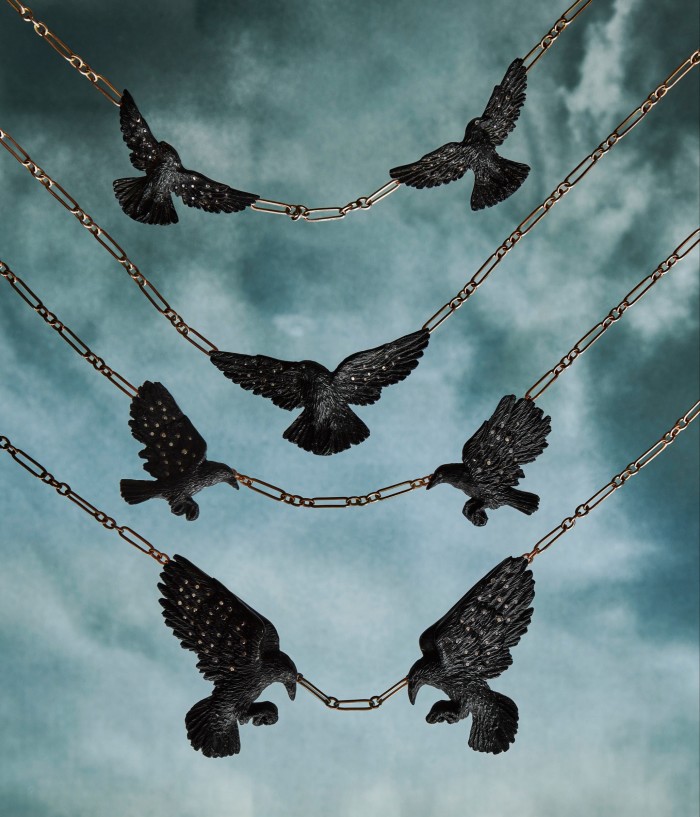
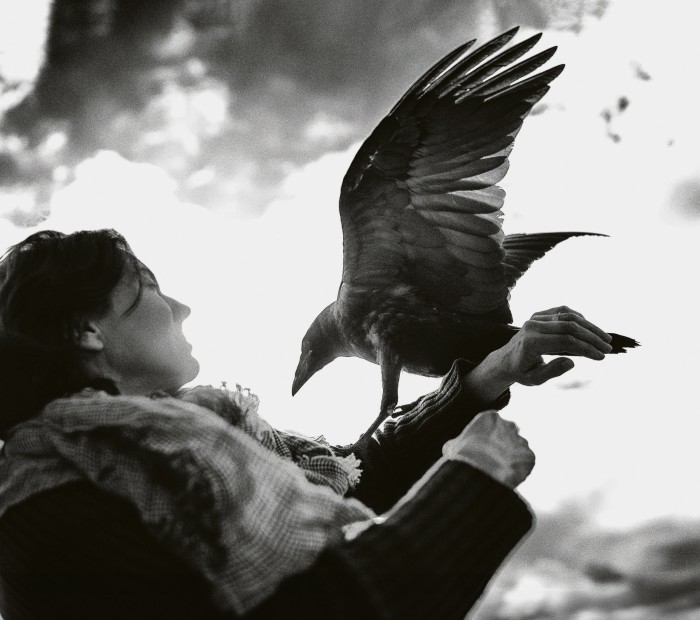
Wightman began to research the use of ancient organic materials like jet, moorland boxwood and bogwood, which would work for the miniature sculptures taking shape in her mind. She spent two years scouring the land for master artisans. “It took me down many roads, through recommendations by word of mouth. I found myself talking to a town crier in Devon and a woodsman in Lancashire who had a stash of near-extinct moorland boxwood he’d kept for 20 years.”
Last on her list was Graham Heeley, a master carver with a studio close to her home. “I knew as soon as I walked into his workshop that I’d found the perfect craftsman,” she says. Her proposition for Heeley – who works mainly on large-scale architectural projects, sculptures and furniture – presented a whole new challenge. “I’d never worked on jewellery,” he says, “or with jet, boxwood or antler.” He had to make special tools and equipment to achieve the micro-carving: each feather, for example, is slightly different and perfectly positioned. A single raven, he says, can take weeks to complete.
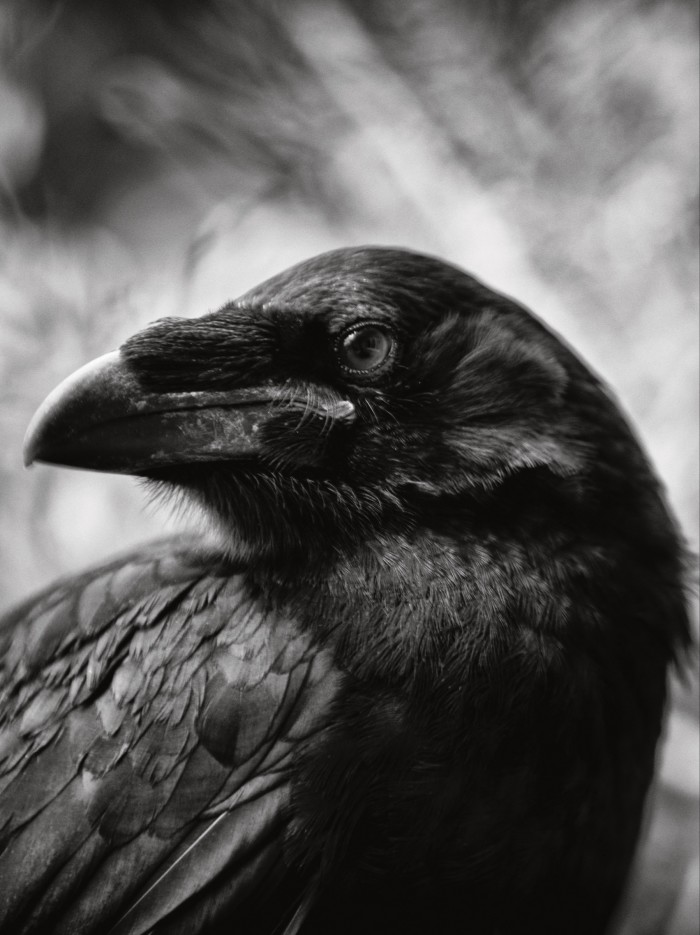
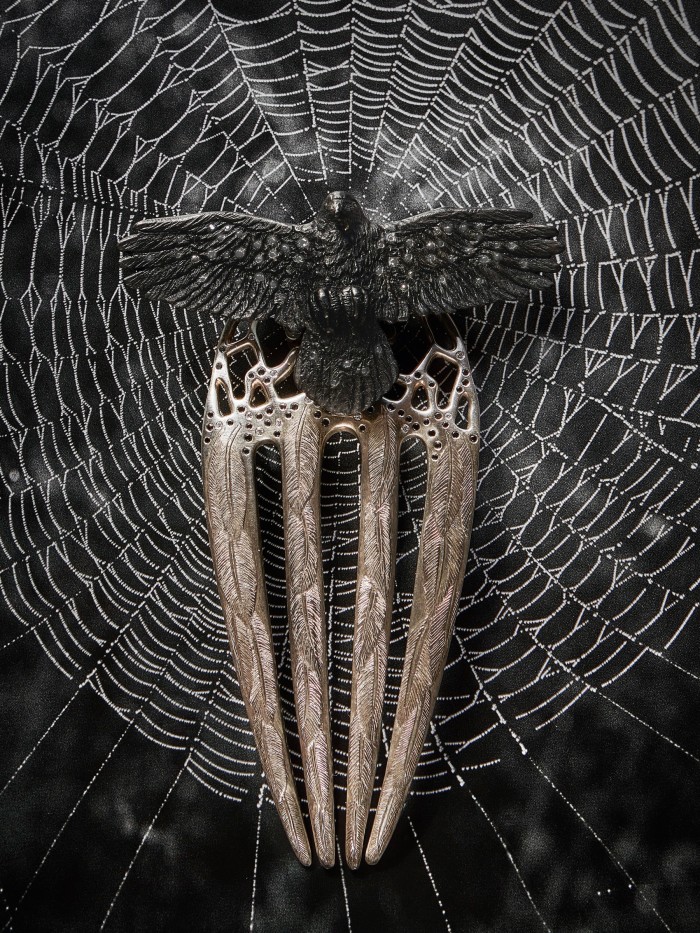
The carved ravens are then given to master goldsmiths to turn into jewels, with stones, including antique gems and Edwardian seed-pearls, added. The birds’ wings are embedded with black diamonds to produce the effect of moonlight skimming over the jet-black feathers.
The debut NVW Ravens collection includes pendants, a hair comb set en tremblant to quiver with each movement and a dramatic multi-layered necklace named The Bazaar (one of the collective nouns for a group of ravens), showcasing seven different carvings.
For the launch, Wightman enlisted the still-life photographer Tessa Traeger to show the birds in a natural setting, suggesting their wildness and unpredictability, and imbuing her creations with her own precious memories.
Comments